8 Self-Seeding Flowers For a Beautiful Garden With Less Work
If you're short on time or patience, self-seeders are totally for you.
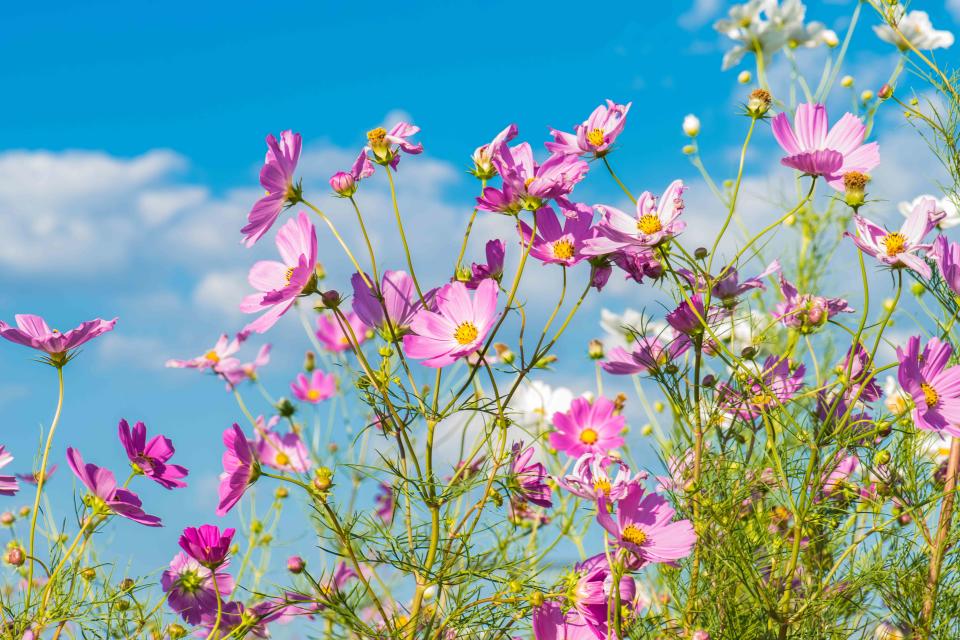
LITTLE DINOSAUR/Getty Images
“Gardeners make a lot of noise about plants that move,” says Des Moines-based garden designer and horticulturist Kelly D. Norris, the author of New Naturalism and the forthcoming Your Natural Garden. “We seem to harbor a deep-seated fear about plants escaping our grips, as if their success becomes our setback.”
Instead, Norris and other pro gardeners say to embrace self-seeding plants: They are clearly happy where they are growing, and they can fill in the gaps in your garden, while (hopefully) crowding out less desirable self-sowing plants. Perhaps best of all, self-seeded plants cost you nothing.
Embracing self-sown plants works best in a meadow-like or naturalistic garden like Norris’s or an English cottage garden, where self-seeding annuals are a hallmark of cottage charm. Here are eight self-seeding plants that garden designers love—and how they’ve used them in their designs.
Related: 'Chaos Gardening' Is the Low-Maintenance Way to Grow Flowers All Season
Foxglove Beardtongue
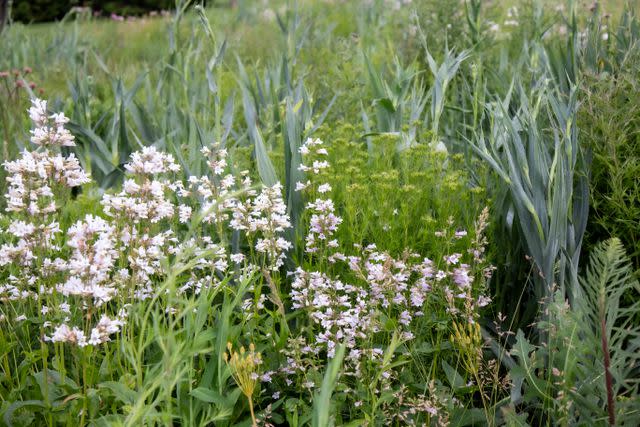
Kelly D. Norris
It’s no surprise that foxglove beardtongue (Penstemon digitalis) was at the top of the list of many garden designers' favorite self-seeders. “It’s a classic garden wildflower and denizen of spring-into-summer on the tallgrass prairie,” says Norris. “Sometimes, I mingle cultivars with plants grown from wild-collected seeds and let them form a swarm of individuals that blur between pink and white over the years.” It’s also reliably deer- and rabbit-resistant.
Golden Ragwort
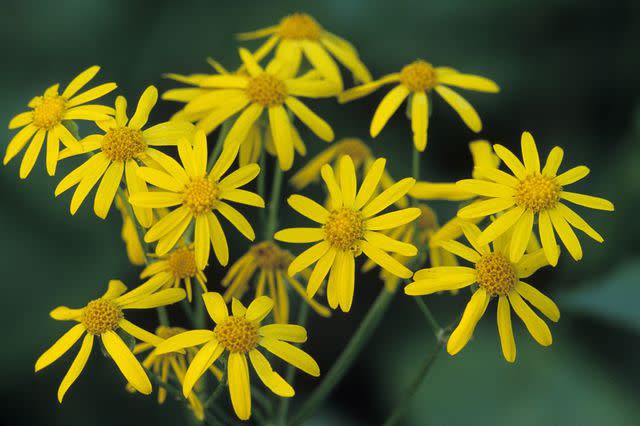
Ed Reschke/Getty Images
Golden ragwort, or Packera aurea, is a self-seeding plant that's an understory perennial across Eastern North America, and Norris says it fills the voids between taller plants. “While it can seed around extensively, its “aggression” rarely outcompetes later-season perennials,” he notes.
Black-Eyed Susan
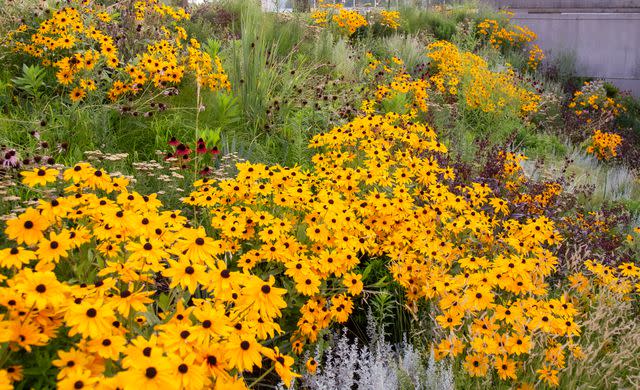
Kelly D. Norris
“There was a time when I thought of black-eyed Susans (or Rudbeckia hirta) as being too common for my taste,” confesses Norris. “But during the pandemic, a few plants spontaneously appeared in our front yard meadow, and I’ve retooled my thinking. They are now welcome as hardworking, resilient characters that cheer up the garden.” One word of caution: Some varieties are annuals and others behave like biennials, so it’s important to know what you’re planting.
Related: What Are Biennial Plants? Here's Everything to Know About Them
Prairie Petunia
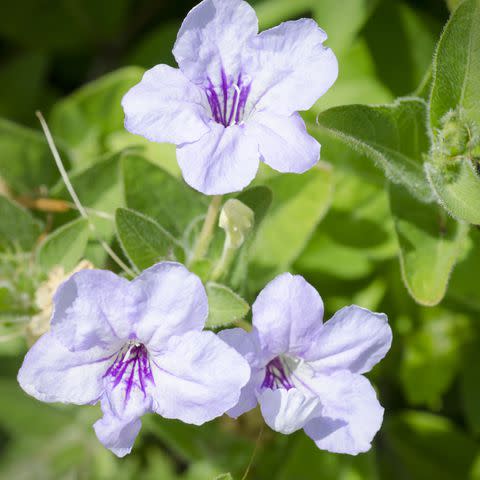
NNehring/getty images
Embrace self-seeding natives that are sometimes considered “weeds,” suggest Thomas Rainer and Claudia West, the principals behind Phyto Studio, an ecological landscape design firm in Arlington, VA. "These plants quickly fill empty gaps in your garden, and crowd out noxious exotic species," says Rainer. Among Phyto Studio's list of welcome self-seeders includes prairie petunia (Ruellia humilis), which prefers a sunny spot and is native to the Plains and the South.
Columbine ‘Pink Lanterns’
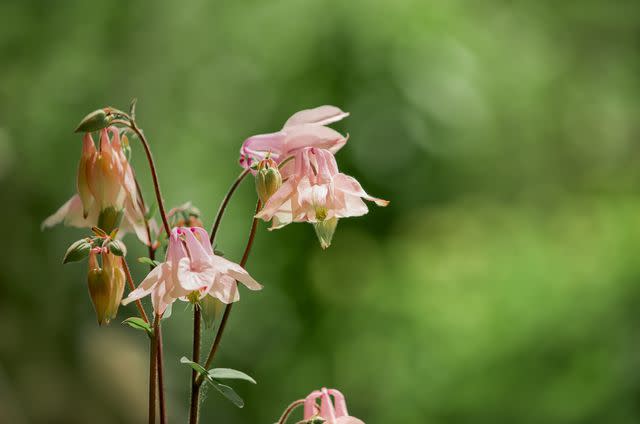
Ekaterina Utorova/Getty Images
Ashley Lloyd, a landscape designer in New York's Hudson Valley, appreciates columbines, including the 'Pink Lantern' variety, for their airy quality and glaucous blue-green leaves that she says look great well beyond the flowering period. “Pink Lanterns feature beautiful soft pink ombré flowers, adding a sophisticated whimsy. It's longer blooming and taller than the species, ideal for placement behind low shrubs or among shorter grasses,” says Lloyd.
Eastern Red Columbine
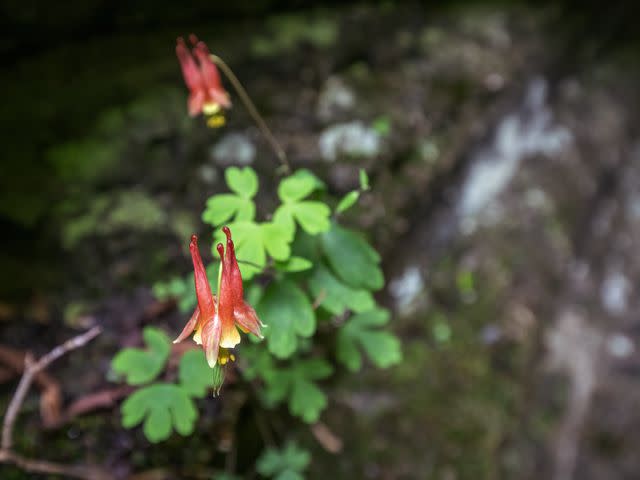
Ali Majdfar/Getty Images
Rainer and West are also fond of the wild Eastern red columbine (Aquilegia canadensis), which Rainer says thrives in shade. The Lady Bird Johnson Wildflower Center notes that this woodland wildflower has “showy, drooping, bell-like flowers equipped with distinctly backward-pointing tubes,” similar to cultivated columbines.
Related: 9 Expert Tips for a Successful Shade Garden
Stinking Hellebore
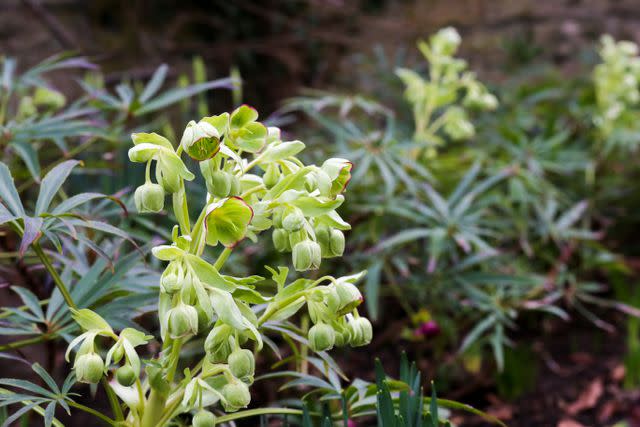
MarjanCermelj/Getty Images
Deer-resistant and unusual, stinking hellebore (Helleborus foetidus) forms a shrub-like presence and thrives in well-drained soil in part shade to part sun. “Its distinctive, finely-cut dark evergreen leaves are complemented by yellow-green flowers beginning in winter and look phenomenal for months,” says Lloyd, who notes they make excellent vase additions.
White Corydalis
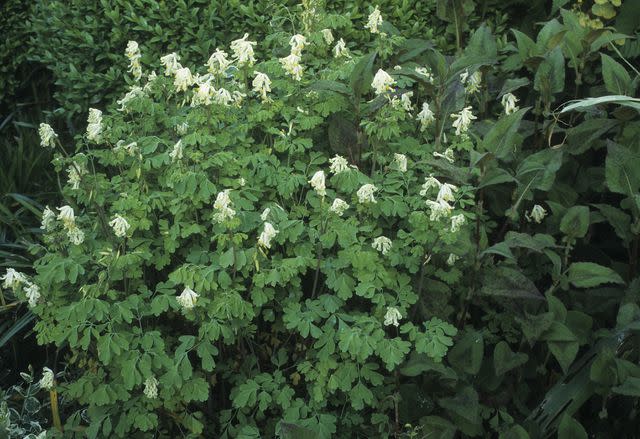
Michel VIARD/Getty Images
“White corydalis (Corydalis ochroleuca) has tiny, ferny foliage and plenty of the sweetest white flowers tinged with yellow,” enthuses Lloyd, who says they reliably bloom from May to November in the Lower Hudson Valley, where she gardens. “White Croydalis is perfect for stone borders, the base of containers, and front borders, because it softens hard edges.” Plus, its blue-green foliage is also semi-evergreen, which makes it an even more welcome addition in Lloyd’s gardens.
For more Real Simple news, make sure to sign up for our newsletter!
Read the original article on Real Simple.

 Yahoo Lifestyle
Yahoo Lifestyle 
